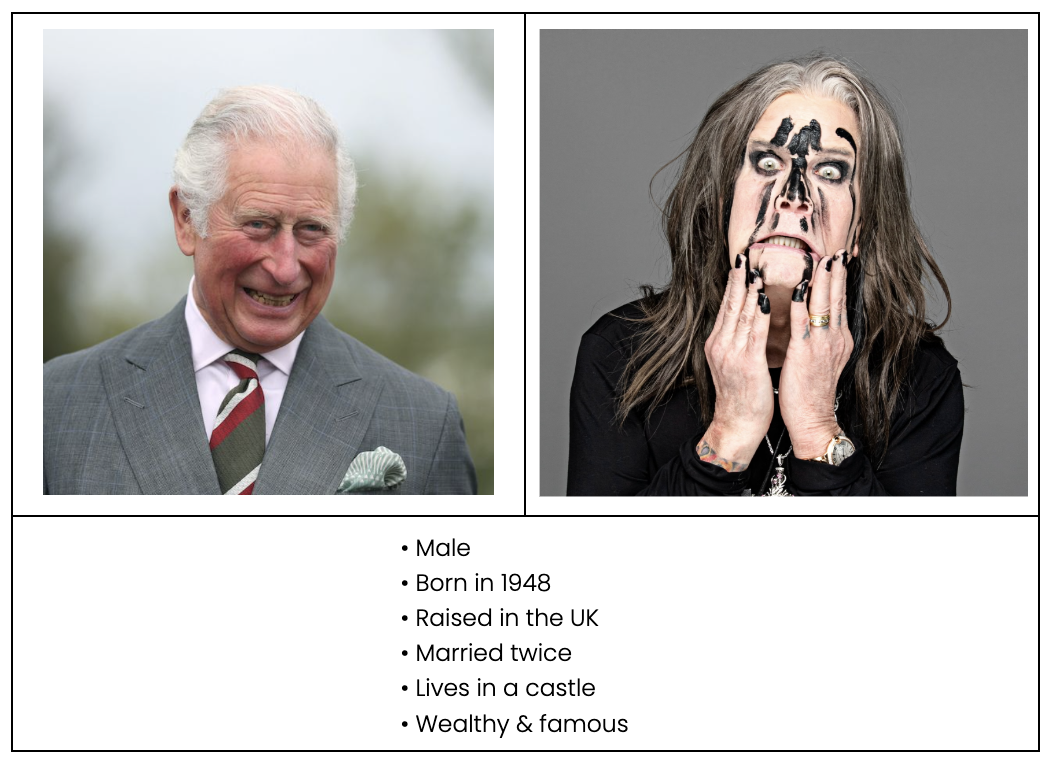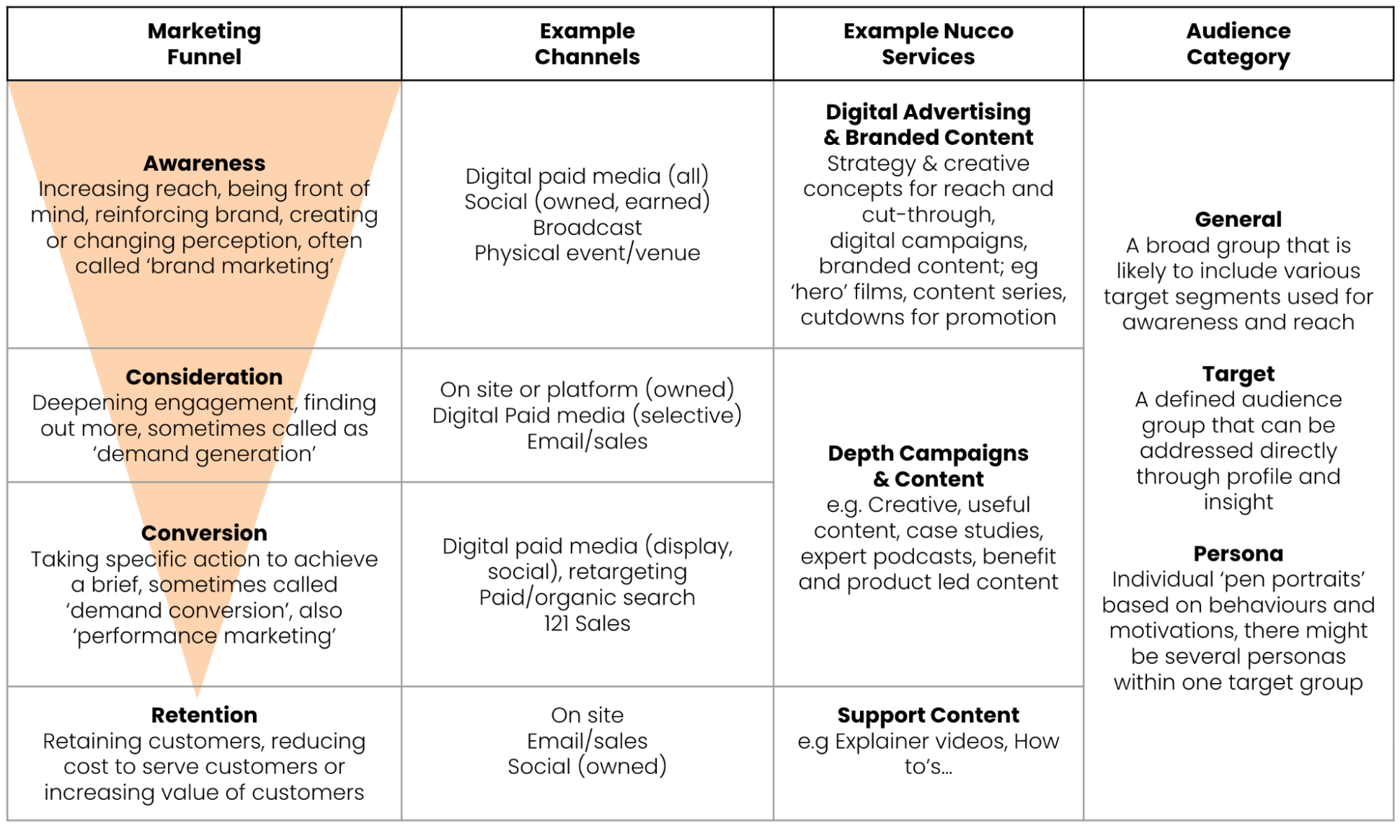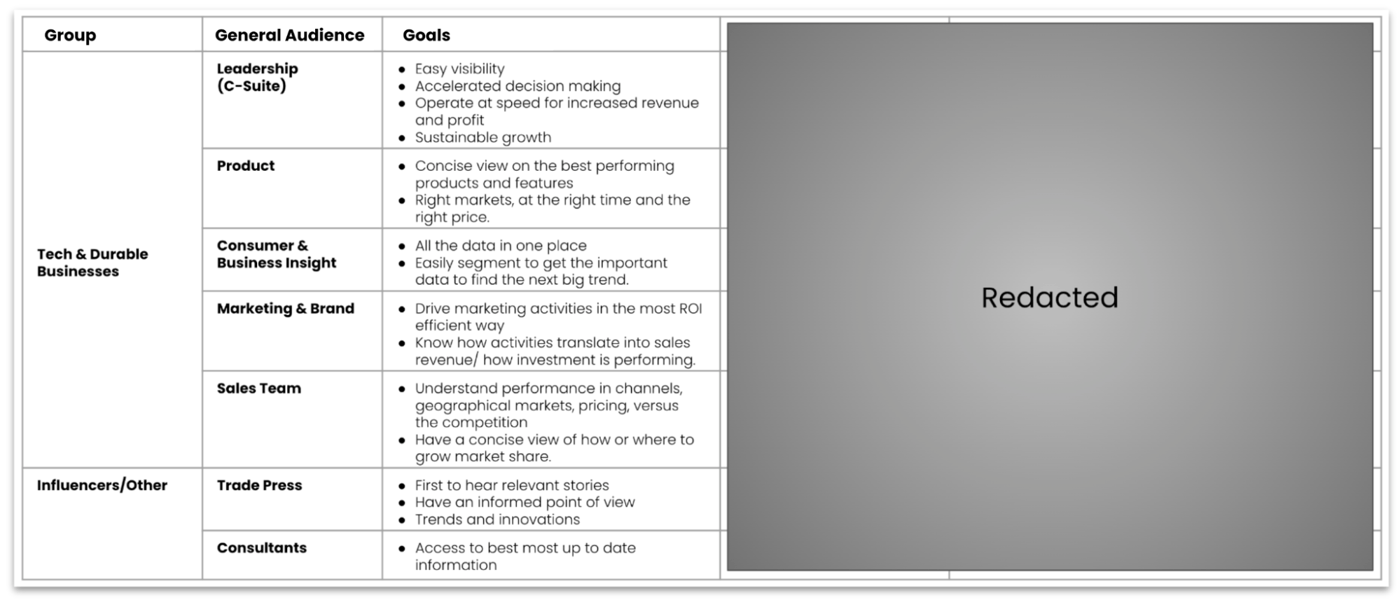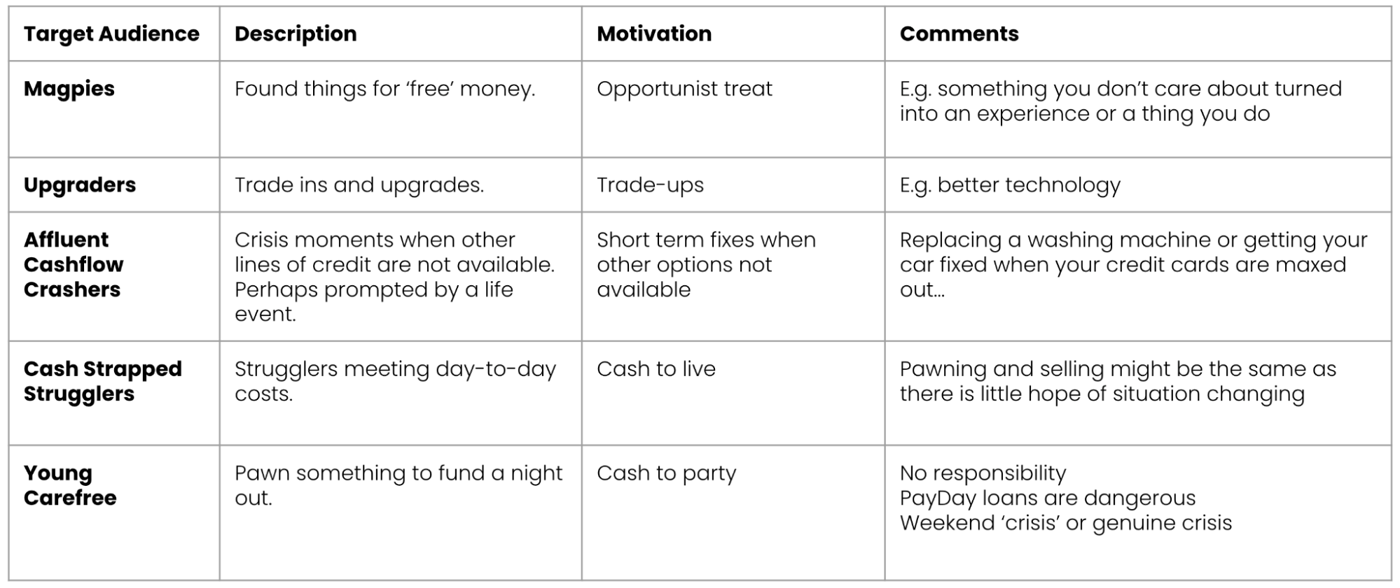S1E4: STRATEGY AND PLANNING GUIDE: IS THE AUDIENCE CLEAR?

Do you know your audience?
By Mark Iremonger, MD & Strategy Partner at Nucco, a UNIT9 company. In previous lives, Mark has been MD of UNIT9, the Head of Digital and Head of Planning at BBDO’s Proximity London, the Chief Strategy Officer, and then CEO at the Hearst Corporation’s iCrossing. Agency strategic lead for P&G, Allianz, Lloyds Banking Group, Royal Mail, J&J and Aviva. Mark has been a member of the British Council’s Creative Industries Advisory Panel, a Vice Chair of BIMA, a member of D&AD, and a board member of Wired Sussex, which promotes digital creativity, innovation and growth.
Episode 4 of this series clarifies some aspects of strategy and planning as it applies to marketing communications. It is helpful to marketers who want to understand the planning process better or make their communications more effective.
In this episode, I will take a look at how to tackle and define audiences. Once you have clarified your objectives, brand and product you need to define who your campaign is for.
The number of times I’ve been briefed on an audience as a collection of demographic data is uncountable. While this is useful information, a structured approach that considers all audiences from macro to micro is ideal.
‘Female mum, over 30, time poor’ is not enough to go on, to change behaviour or perspective. Demographics have an important role but are not enough to develop effective communications.

There are three categories of ‘audience’ to consider, laid out in the right-hand column below:

-
General audience
Start by blocking out general audiences. These should represent all audiences important to the business, not just focus on customers. This ensures you include all key audiences critical to achieving your objective when considering your campaign to change behaviour or perspective. Typically, this covers lobby groups, NGOs, Trade press, government bodies, investors, etc.
The example below is an extract of audience groups that focus on tech/durable businesses and influencers:

-
Target audiences
A target audience is a defined subset of an audience group that you can engage with more targeted creative, messaging and media, and where you can apply different insights and propositions (covered in S1:E6).
In the example below, for a high-street pawn broker, we are looking at five audiences using the same service for different reasons. These audiences can be targeted in different paid media channels using different creative and messaging.

Here’s an example of a typical, defined target audience, complete with a developed insight and proposition (see S1:E6), that is ready for briefing:

-
Personas
Personas are useful for imagining an individual (or archetype), for example, different kinds of customers or website visitors defined by a need for planning sales and customer journeys. Personas can also help to paint a richer picture of different types of customers that might fit within a target audience.
Once you have organised your audiences into groups, segments or personas, you should consider whether any specific external factors influence a business communicating with them on a particular subject matter. This is where we consider the context.
If you missed S1E3: Strategy and Planning Guide: Is the brand or product clear? you can view it here.
I hope you enjoy the series, please feel free to message me directly with your thoughts and comments at mark.iremonger@nucco.co.uk.
The next article in this series is S1E5: Is the context clear?


